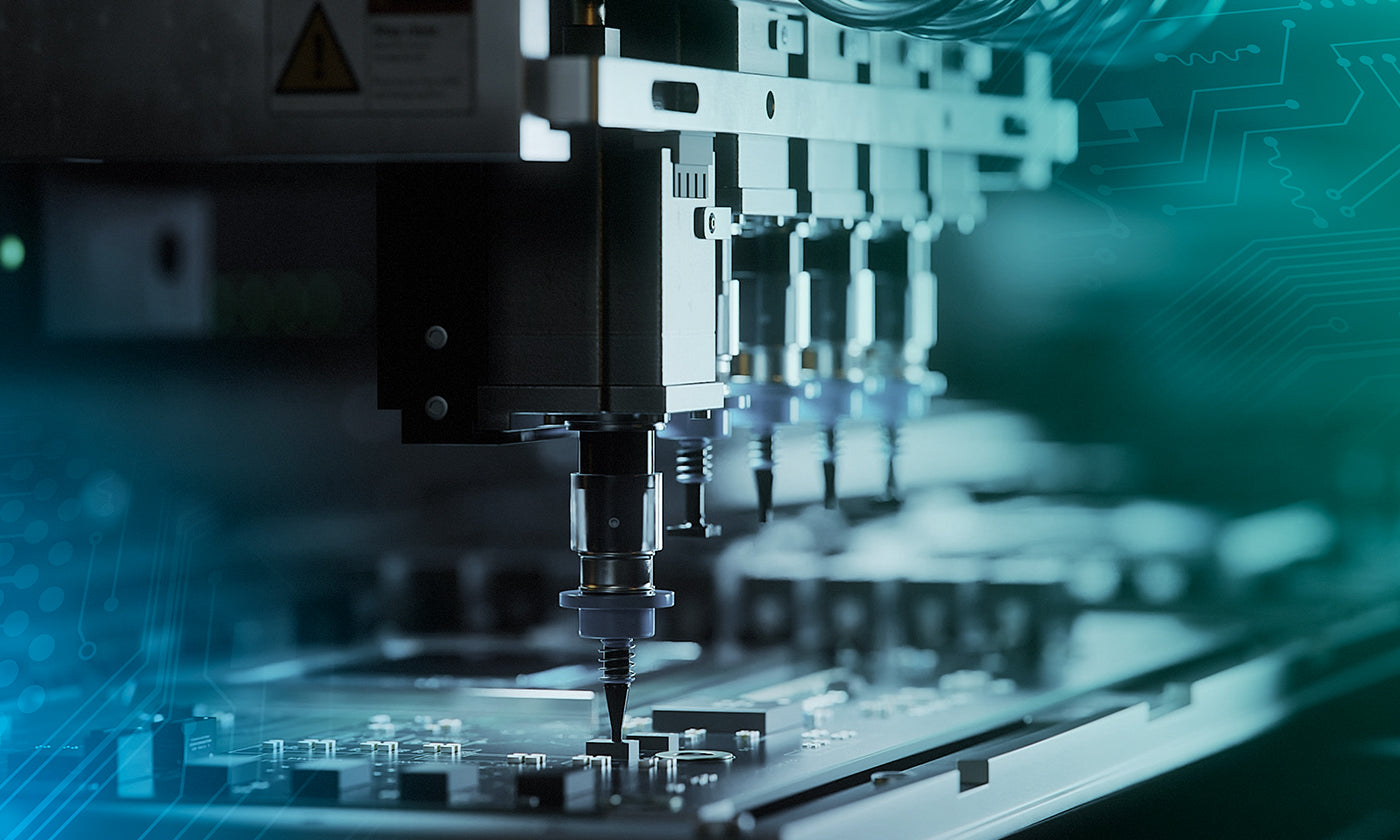Picture this: You're at home, spending a cozy evening with your loved ones. Unbeknownst to you, a minor natural gas leak has occurred. Invisible and silent, the gas begins to accumulate. This is where natural gas alarms step in as silent heroes. These devices are equipped with advanced sensors that can detect even trace amounts of natural gas in the air.
The art of manufacturing natural gas alarms includes the integration of state-of-the-art technology. High-quality gas sensors are meticulously incorporated into the device's design, allowing them to accurately sense the presence of natural gas molecules. These sensors provide the alarms with the precision and reliability to ensure early detection and warning of gas leaks.
Manufacturers subject these devices to a plethora of simulated scenarios in controlled environments. They expose the alarms to various gas concentrations to assess their sensitivity and response time. Only after passing rigorous testing can they earn the trust of homeowners and businesses alike.
Let’s go over some of the most popular technologies used in constructing natural gas alarms, the different processes for testing their accuracy, and the best options for your home or business.
Compliance with Regulations
Safety cannot be compromised, and that's why the government establishes firm regulations and standards for every natural gas alarm on the market. International bodies like the International Electrotechnical Commission (IEC) and national entities like the National Fire Protection Association (NFPA) and the Occupational Safety and Health Administration (OSHA) create and regularly review their guidelines for manufacturers that must be adhered to. These rules cover various aspects of the alarms, from their performance and accuracy to their durability and resistance to environmental conditions.
Manufacturers should also submit their natural gas alarms to third-party labs for certification, such as UL or Intertek. Devices that are listed to UL standards have gone through an exhaustive list of safety and performance tests that validate that the device will function as intended. Always look for the UL or ETL logo on a natural gas alarm to ensure it has gone through proper testing to earn these certifications.
Manufacturers invest significant time and resources to ensure their alarms meet these standards. Thorough testing involves exposing the alarms to extreme temperatures, humidity, and other environmental factors. Simulated gas leak tests are conducted to assess the alarms’ response time and accuracy. These tests not only guarantee the reliability of the devices but also assure consumers that the alarms have been rigorously evaluated.
Typical Technologies for Natural Gas Alarms
Don’t be fooled by the unassuming appearance of natural gas alarms—the intricate technologies within are working tirelessly to ensure your safety. Three common sensor technologies often found in these alarms are micro-electromechanical systems (MEMS) semiconductor sensors, catalytic bead sensors, and infrared sensors.
MEMS technology results in compact, yet highly efficient sensors. These sensors can detect and measure gas levels in the air by harnessing the power of microfabrication techniques. MEMS sensors offer exceptional accuracy, reliability, and cost-effectiveness, making them a great option in natural gas alarms.
Catalytic bead sensors operate by detecting gas through its ability to cause combustion. They have a platinum-coated wire bead that heats up when exposed to combustible gases, and the heat increase triggers a resistance change in the bead, which is then converted into an electrical signal that sets off the alarm.
Infrared sensors rely on the absorption of infrared light by gas molecules. They emit a beam of infrared light across a chamber, and when gas is present, the light absorption changes, generating an alarm signal. These sensor technologies are chosen for their precision and reliability, ensuring that even minute gas concentrations are promptly detected.
Education, Empowerment, and Maintenance
Maintenance is key to ensuring the continued reliability of natural gas alarms. Manufacturers provide guidelines to consumers for routine checks and maintenance, which may include cleaning the exterior of the device so that it is clear of dust or dirt, testing the alarms, and replacing batteries. By following these recommendations, users can be confident that their alarms are ready to safeguard their spaces.
Manufacturers understand that education is key to any comprehensive emergency response plan and often provide educational materials with their products. These materials typically cover topics like the characteristics of natural gas, the potential dangers of gas leaks, and the proper placement and usage of alarms. By disseminating this information, manufacturers aim to create a sense of responsibility among users. This awareness encourages proactive behavior, such as regular maintenance checks and immediate response to alerts.
DeNova Detect Natural Gas Alarm
Experience unparalleled natural gas protection for your home with DeNova Detect. Our cutting-edge natural gas alarm employs the most innovative patented MEMS sensor technology at the forefront of innovation, enabling it to detect gas leaks an astonishing 11 minutes before less sensitive models. It is the only battery-powered residential natural gas alarm in the United States, with a product lifespan of 6 or 10 years. With a legacy spanning more than six decades, our resolute commitment revolves around protecting individuals, their cherished homes, and beloved family members.
Ready to provide your home with the best natural gas safety? We’re here to help.
Visit us at www.denovadetect.com and or email us at info@denovadetect.com.





Leave a comment
This site is protected by hCaptcha and the hCaptcha Privacy Policy and Terms of Service apply.